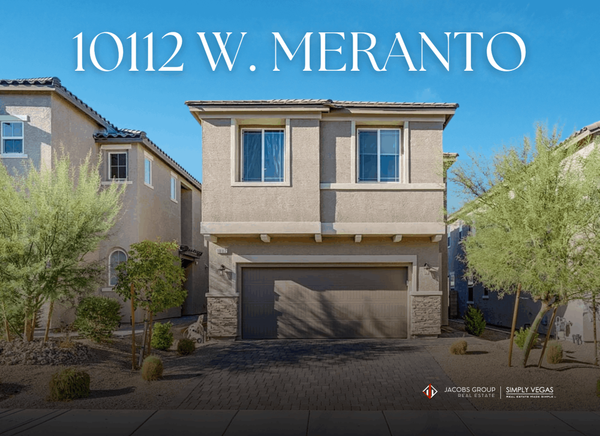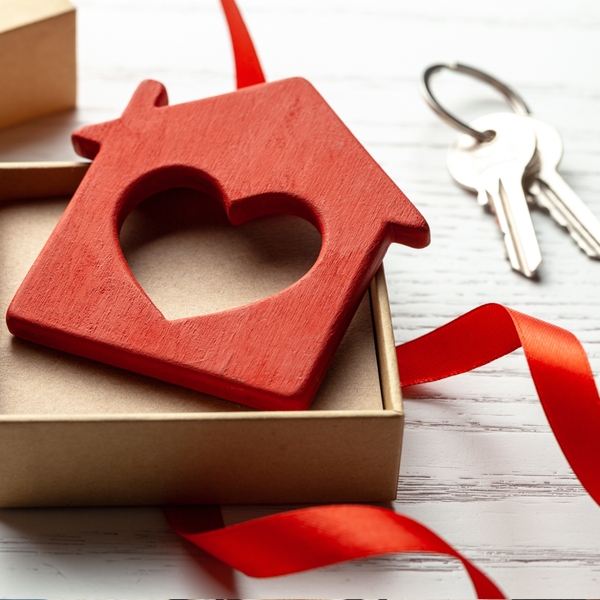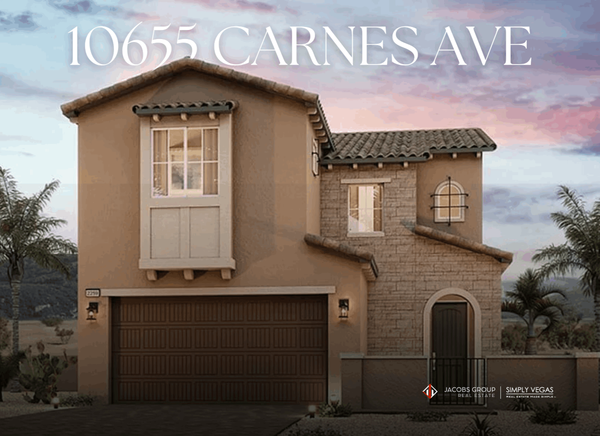How to Finance a Fixer-Upper

Buying a fixer-upper can be a great way to get into a desirable neighborhood or customize a home to your liking while potentially increasing its value. However, financing a fixer-upper can be more complicated than purchasing a move-in-ready home. It’s important to understand the different financing options available to help you cover both the purchase price and renovation costs. Here’s a guide on how to finance a fixer-upper.
1. FHA 203(k) Loan
An FHA 203(k) loan is a popular option for financing a fixer-upper, as it allows you to combine the cost of the home and the renovation expenses into one mortgage. Backed by the Federal Housing Administration (FHA), this loan is ideal for buyers who want to make significant repairs or improvements. With this loan, you’ll typically need a down payment of 3.5%, and you’ll need to work with a lender who is FHA-approved. There are two types of 203(k) loans: the Standard version, which covers major repairs, and the Limited version, which covers minor cosmetic improvements.
2. Fannie Mae HomeStyle Renovation Loan
Another great option is the Fannie Mae HomeStyle Renovation Loan. Similar to the FHA 203(k), it allows you to combine the cost of the home and renovations into one loan. However, the HomeStyle loan is available to buyers with good credit and typically requires a down payment of at least 5%. This loan is more flexible than the 203(k), as it allows for a wider variety of renovation projects, including luxury upgrades like swimming pools and landscaping.
3. VA Renovation Loan
For eligible veterans and active-duty military members, the VA Renovation Loan offers a way to finance a fixer-upper. This loan, backed by the Department of Veterans Affairs, allows for both the purchase and renovation of a home, often with no down payment required. It’s a great option for veterans who want to buy a home in need of repairs while enjoying the benefits of VA loan programs, including competitive interest rates and lenient credit requirements.
4. Personal Loans or HELOCs
If you already own a home and are looking to buy a second property as a fixer-upper, you might consider taking out a personal loan or a home equity line of credit (HELOC). These loans allow you to borrow money based on your current home’s equity, which can then be used to cover renovation costs. However, personal loans often come with higher interest rates, and a HELOC puts your current home at risk if you’re unable to repay the loan.
5. Cash or Conventional Mortgage
If you have the financial means, paying cash or using a conventional mortgage to purchase a fixer-upper is another option. You can use your savings to cover the renovation costs or take out a separate loan for the repairs. However, conventional mortgages typically require a larger down payment, and lenders may be hesitant to approve a loan for a home in poor condition, so it’s important to factor that in.
Financing a fixer-upper involves more than just the initial purchase, so it’s essential to explore all available loan options and find one that fits your financial situation. By choosing the right financing plan, you can turn a rundown property into the home of your dreams while adding long-term value.
Categories
Recent Posts










